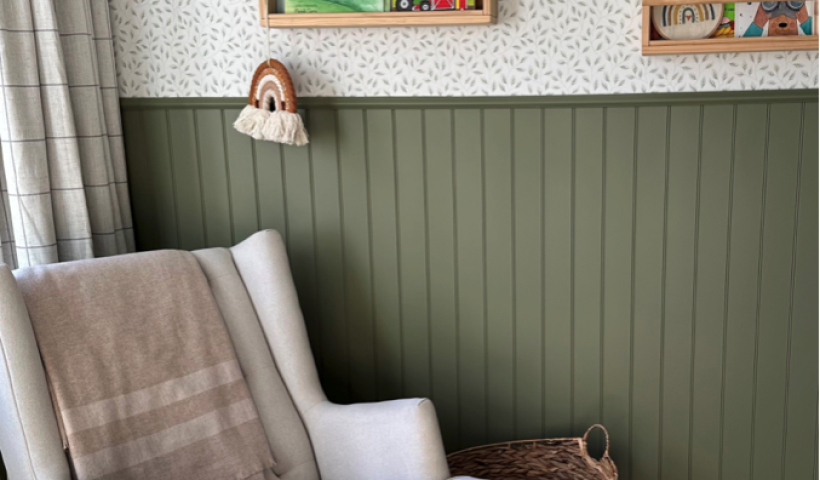
These panels use sustainably grown Nelson Pine MDF 9mm panels. They are a cost-effective choice for adding a beautiful linear look to walls and ceilings.
Two design options are available: Plankwall V10, with V grooves at 10cm centres and Plankwall W8 with W grooves at 8cm. Both options have a tongue and groove edge for ease of installation and joint concealment.
By specifying Plankwall Grooved Panels for walls and ceilings, the use of plaster panels on site is reduced. This effectively speeds up job completion with fewer trades on site and avoids the dust inherent with plasterboard.
Images above show how Architect Will Tatton has used Plankwall V10 Grooved Wall and Ceiling Panels to add interest to the interior of a Mount Maunganui home.
In addition to their visual appeal, Plankwall grooved panels offer excellent bracing, sheet sizes up to 3.6m, good thermal qualities and excellent impact resistance.
Fixing uses a combination of 6G stainless pins and solvent-free construction adhesive. The excellent surface and machined grooves are easily painted with a coarse roller to get into the grooves, or by spraying.
In areas with risk of seismic activity or extreme winds, a very fine application of a water-based acrylic filler can be applied to the joins. While not necessary, this will ensure that the painted join will not show any break in the paint if movement occurs.
A Marlborough home builder who uses this method was pleased to find that none of the homes he had built required remedial work after the Kaikoura earthquakes. Surrounding houses with different wall linings required repair work at the joins and fixing points.
Plankwall is currently making progress on a primed option for the panels, with an “almost finished” option also in the works to give designers more choices. The latter may be ideal for high and sloping ceilings where site finishing can be a challenge with scaffolding hindering progress.










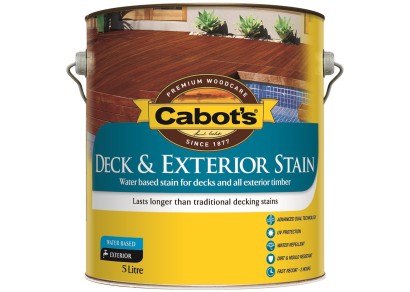

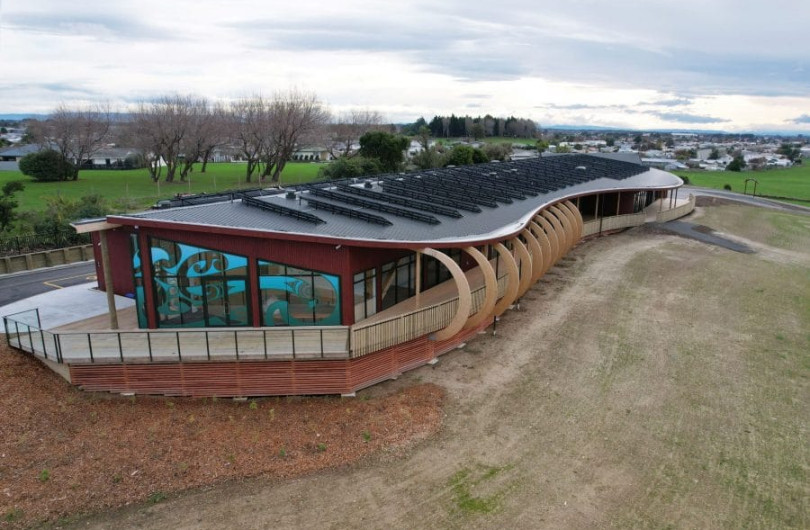
 Case Studies
Case Studies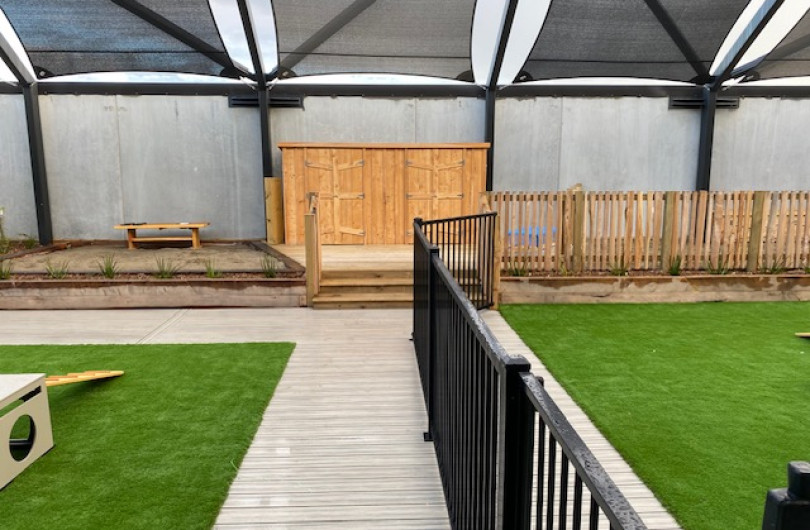
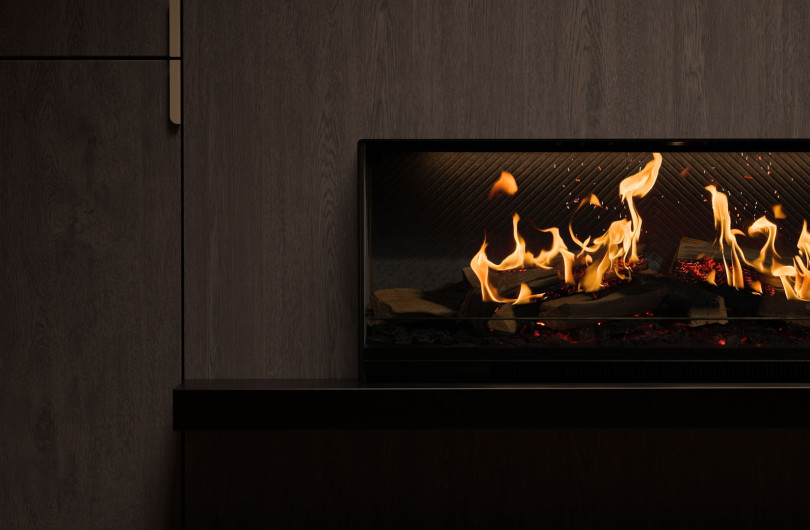

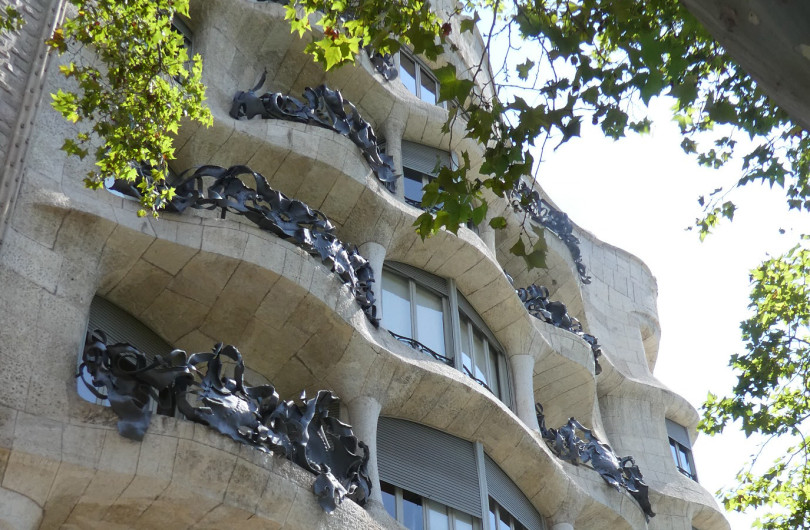

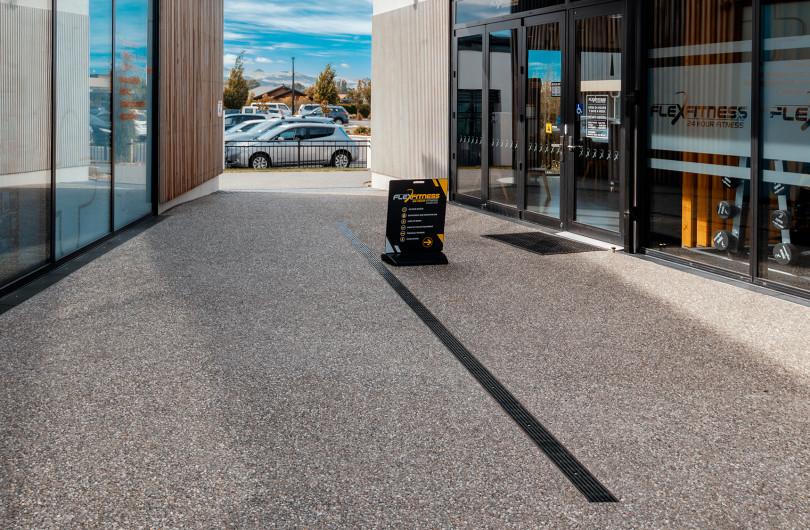

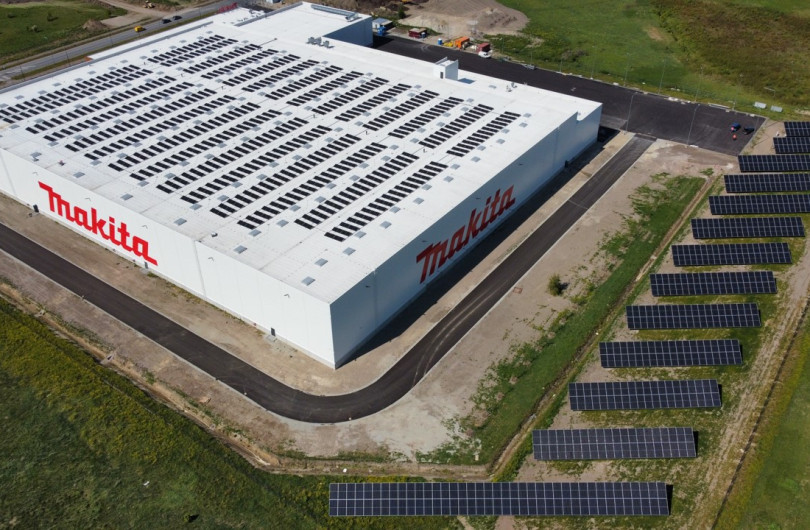

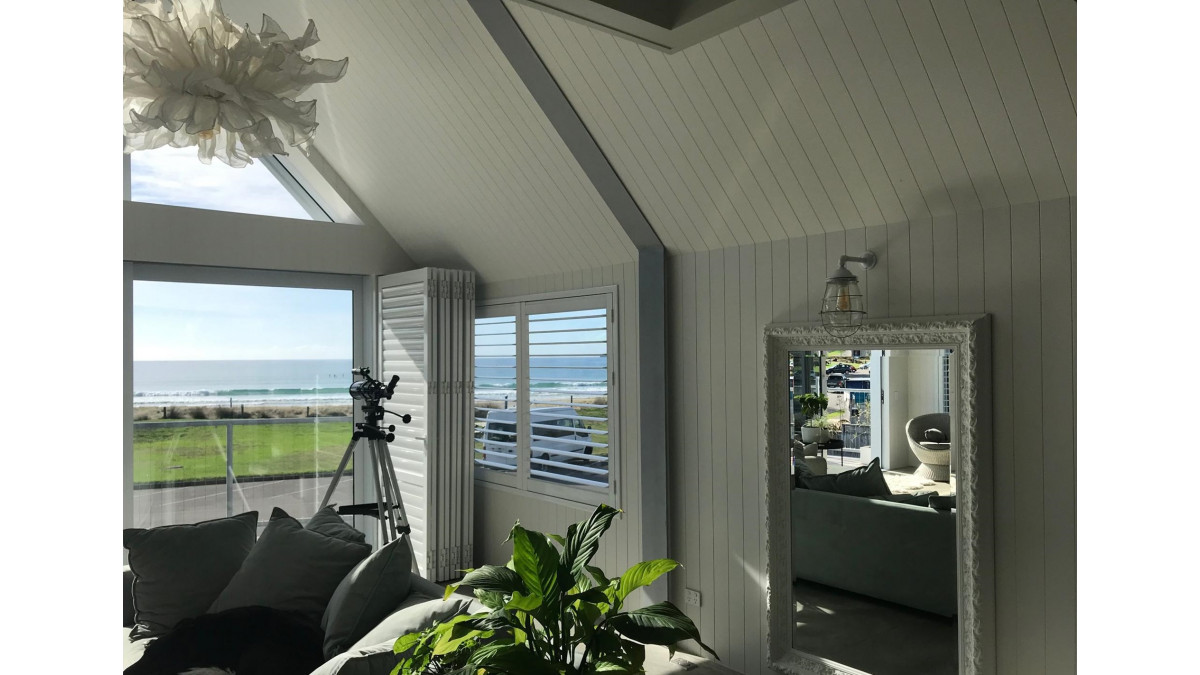
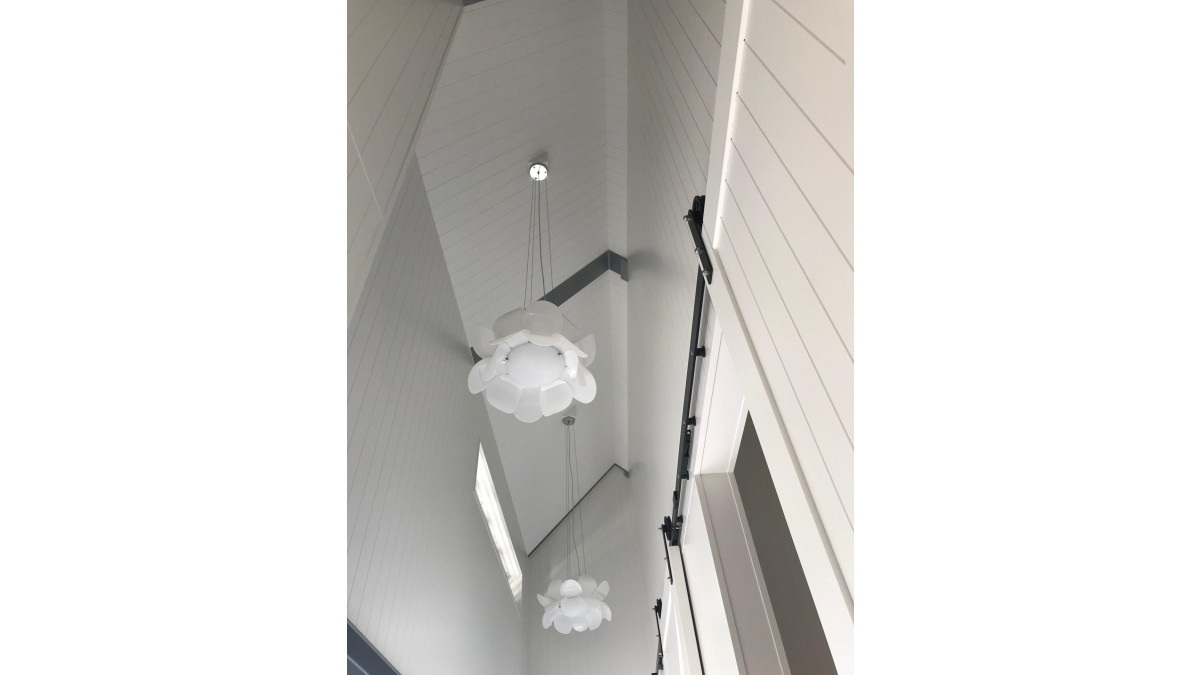
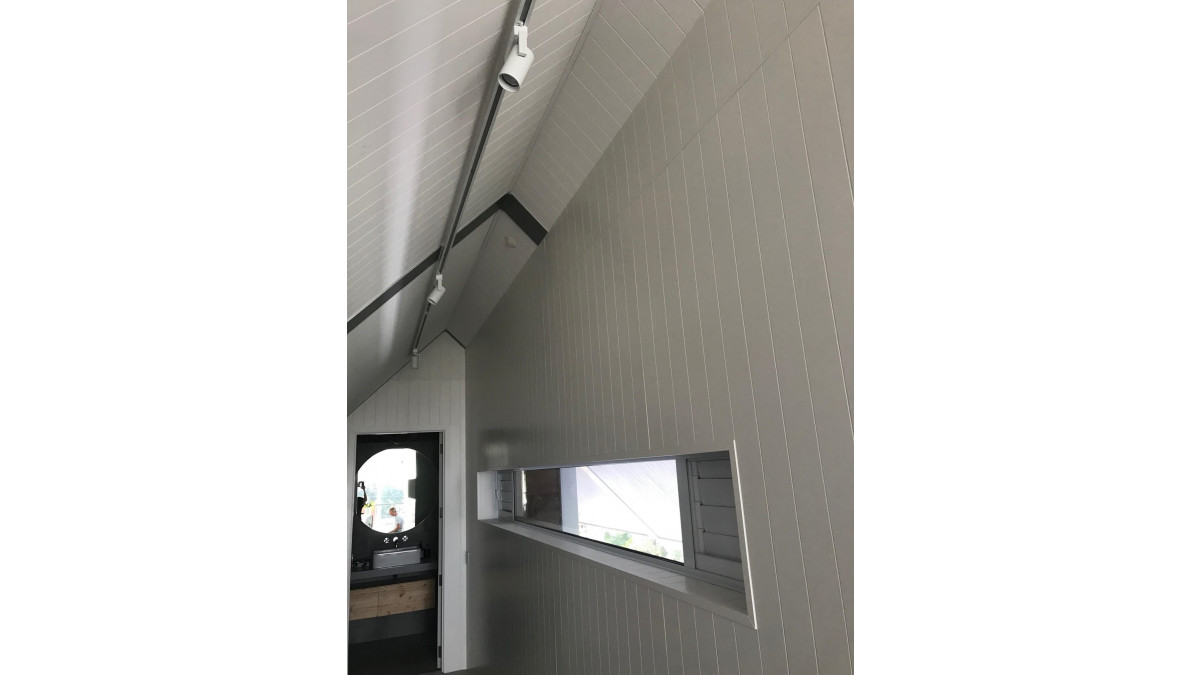
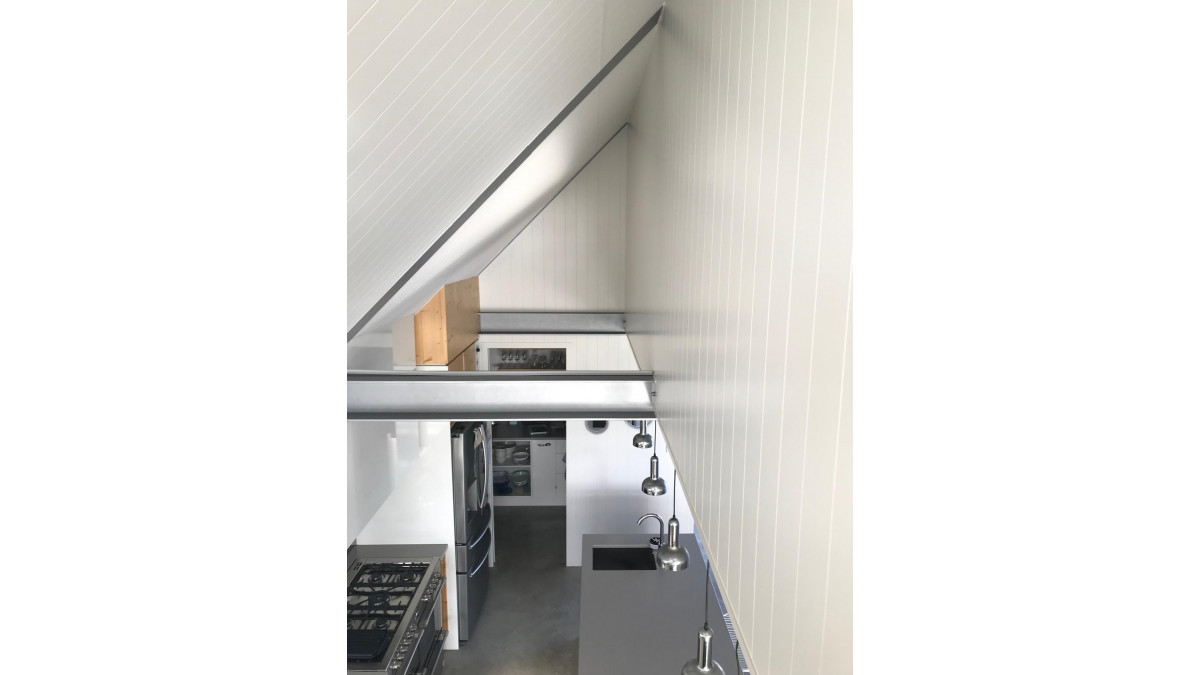



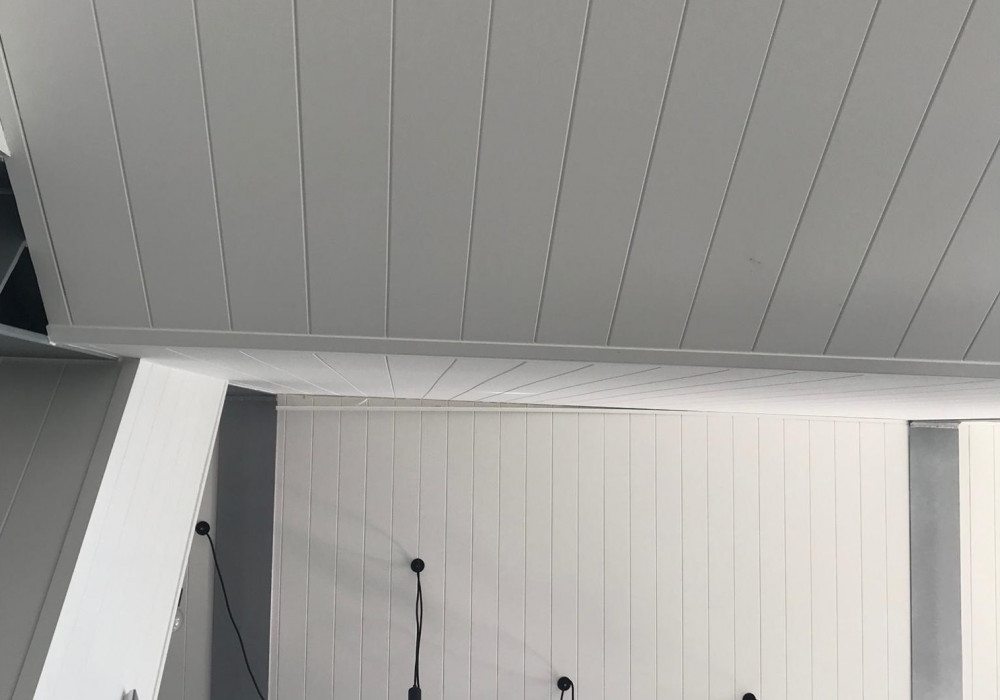

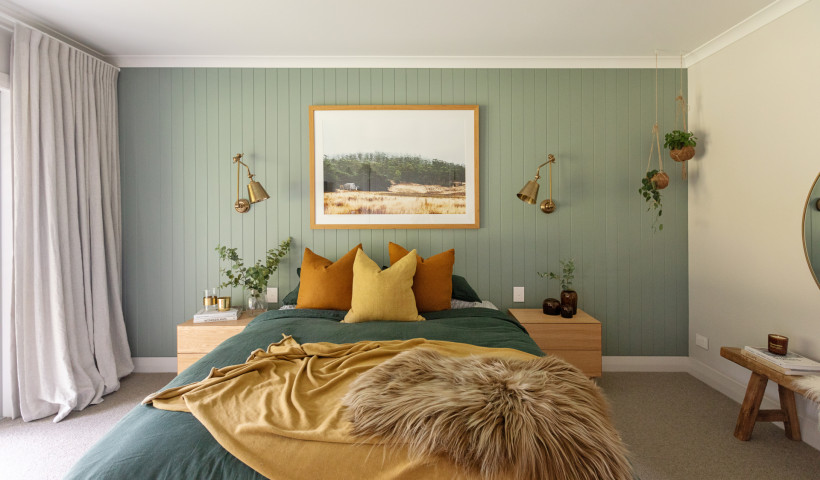
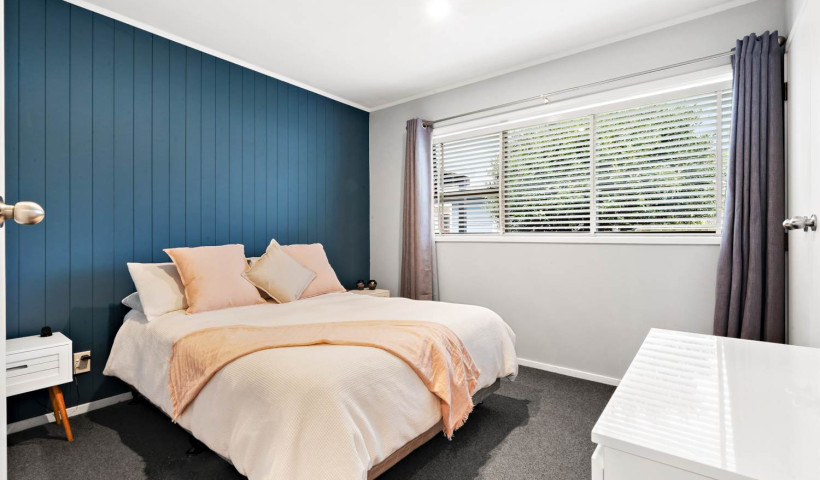
 Popular Products from Plankwall
Popular Products from Plankwall

 Most Popular
Most Popular


 Popular Blog Posts
Popular Blog Posts
